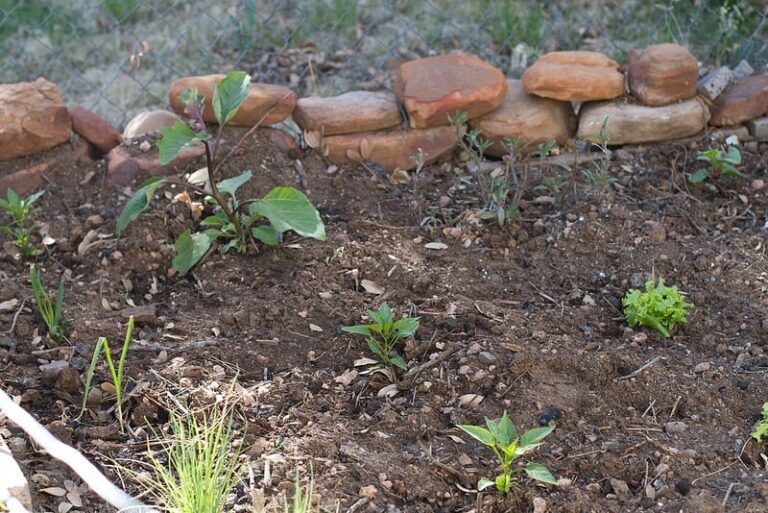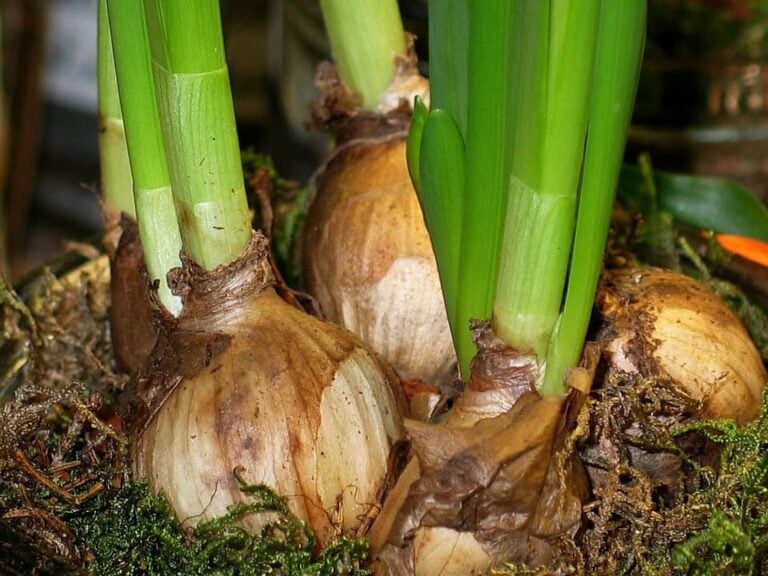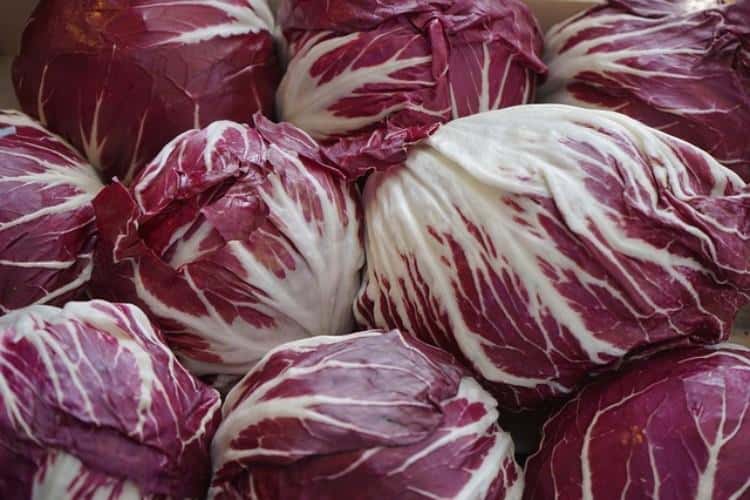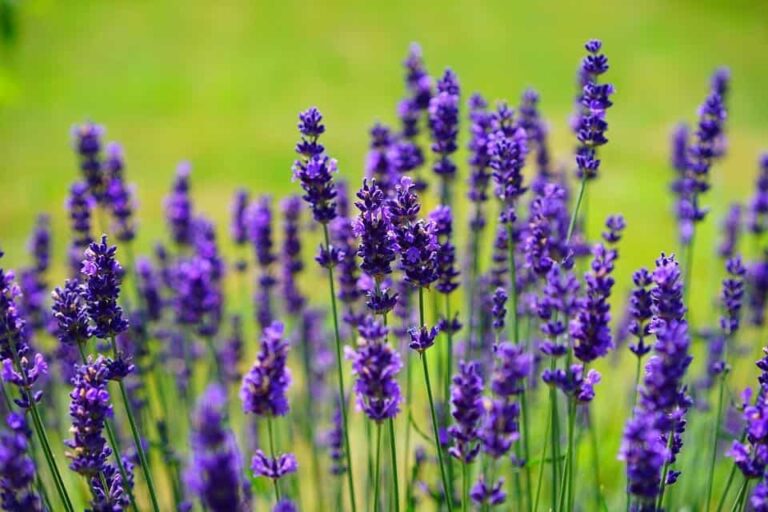Try These Tips for Asparagus Season
Asparagus season typically starts in early spring, as soon as the soil temperature has warmed up to 50 degrees Fahrenheit. The season can last for just two weeks or for as long as 12 weeks, depending on the age of the plant and where you are located. Your location also determines when the season begins. In warmer areas, such as California, the season starts in January. In cooler parts of the country, such as upstate New York and Michigan, the season might not begin until the end of April.
When Asparagus is in Season
Asparagus generally has a pretty short season. Since the plant is a perennial, you need to give it a chance to build up and store energy in its roots for the next year. If you continue to harvest the stalks past a certain point, you risk killing off the plant.

First Harvest Season
You won’t get any asparagus the first year you plant it. The second year of the plant’s life will give you the first harvest season. Usually, this season is very short.
The spears will start to appear once the soil has started to warm up in the spring. According to Harvest to Table, the soil needs to be at least 50 degrees Fahrenheit before you will see spears growing.
Since your asparagus plant is still getting established at this point, you don’t want to focus so much on harvesting it. You need to give the plant enough time and energy to continue to develop its roots.
For that reason, The Old Farmer’s Almanac recommends only harvesting spears for about three weeks during the first harvest season. You’ll know it’s time to leave the plant alone when it begins to produce spears that are very thin, usually less than 3/8 inch in diameter.
Later Harvest Seasons
From the second harvest season on (the third year of the plant’s life), you’ll be able to pick spears for considerably longer. Usually, the season for established plants lasts for up to eight weeks, according to Bonnie Plants.
Season Based on Location
The start and end dates for asparagus season vary based on where in the country you are located. Gardeners in warmer areas will be able to harvest sooner. Those in colder parts of the country will start later, but will also be able to keep harvesting after the season has wrapped up for warmer climates. Depending on where you are, your asparagus season might start as early as January.
Michigan
Michigan is one of the primary states for asparagus production in the US. According to Michigan Asparagus, 20 million pounds of the vegetable are grown in the state each year by 120 family farms.
The harvest season in the state usually begins in late April in the southern part of Michigan. In cooler areas, it begins in May. The season goes longer in the northern part of the state, and usually finishes up near the end of June.
New York
Over in New York, the early season for asparagus starts around April 23, according to Pick Your Own. The busy season for the crop is throughout the month of May. In cooler parts of New York, such as the mountain areas or upstate, the season stretches until late June.
California
The climate in California is considerably different from the climates in New York and Michigan. In some parts of the state, asparagus season kicks off very early on.
For example, according to the UC Davis Vegetable Research and Information Center, the season begins as early as January for plants grown in the southern desert valley. The season starts in mid-February for asparagus grown in the Sacramento-San Joaquin River Delta and in the San Joaquin Valley.
In more mild areas of the state, such as the Central Coast, which includes Monterey county, the season begin in March. Growers of asparagus in California are often able to get eight to 12 weeks of production out of their plants.
Virginia
The video below, from the Virginia Farm Bureau, walks you through the process of harvesting asparagus during the growing season. Since Virginia is a warmer state than New York or Michigan, its growing season begins earlier, usually around the start of April.
Gardeners can continue to harvest spears from established, mature plants up through the middle of May. The farmer in the video recommends waiting until about half of the spears produced by the plant are very slender before stopping the harvest for the season.
Asparagus Through All Seasons
Since asparagus is a perennial, it doesn’t simply die off after you stop harvesting it. Once its harvest season is over, the plant moves into the next phase. The remaining stalks start to produce fern-like leaves and eventually flowers during the summer.
You want to leave the plants alone during the summer months, as they need those leaves to create enough energy to get the roots through the winter.
Fall and Winter
You’ll want to return to your asparagus bed in the late fall or early winter to prepare the plants for the cold season ahead. After a few frosts, the leaves, stems and flowers of the plants will have turned brown and become dry. At that point, it’s time to cut them back for the winter.
As the video from PermaculturePA shows, you want to cut back the plants and clear away the debris so that asparagus beetles and other pests don’t have a place to burrow and nest during the winter months.
When trimming the plants, it’s important to leave a few inches of stem above the soil line, so that they are able to grow back next spring. Once you’ve cut back the plants, cover them with a few inches of compost or manure to provide insulation against the cold. You can also use a wood mulch to cover the roots.
You have a limited window for harvesting asparagus in season each year. But if you love the taste of the vegetable, being able to enjoy your own home-grown spears is worth the effort involved.
Photo by Forets and Kim Starr licensed under CC BY 2.0.






